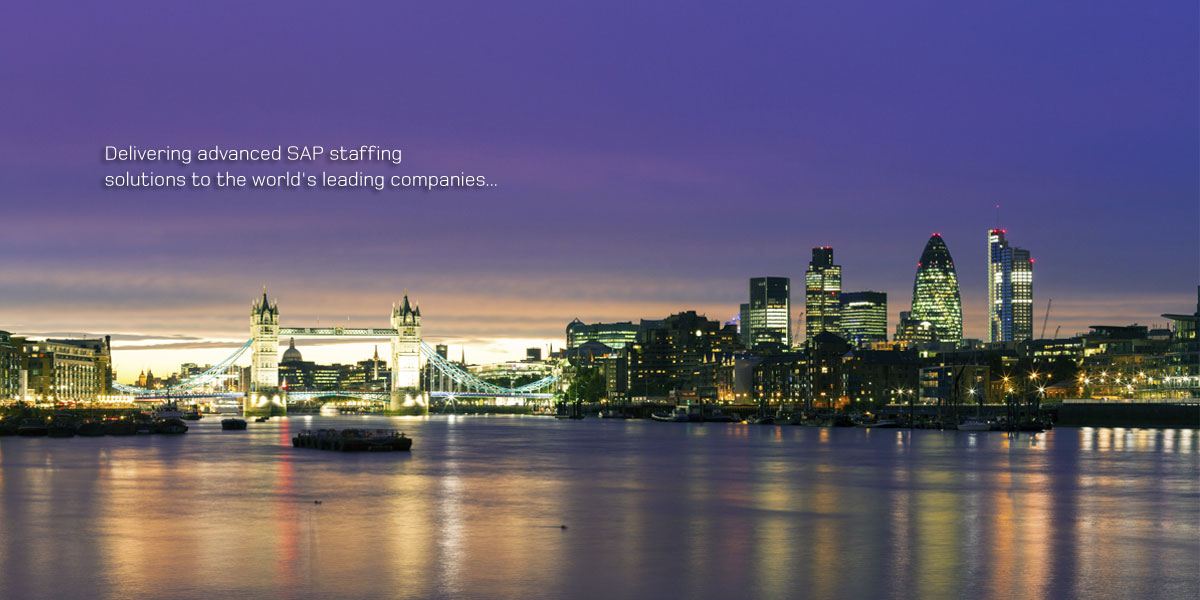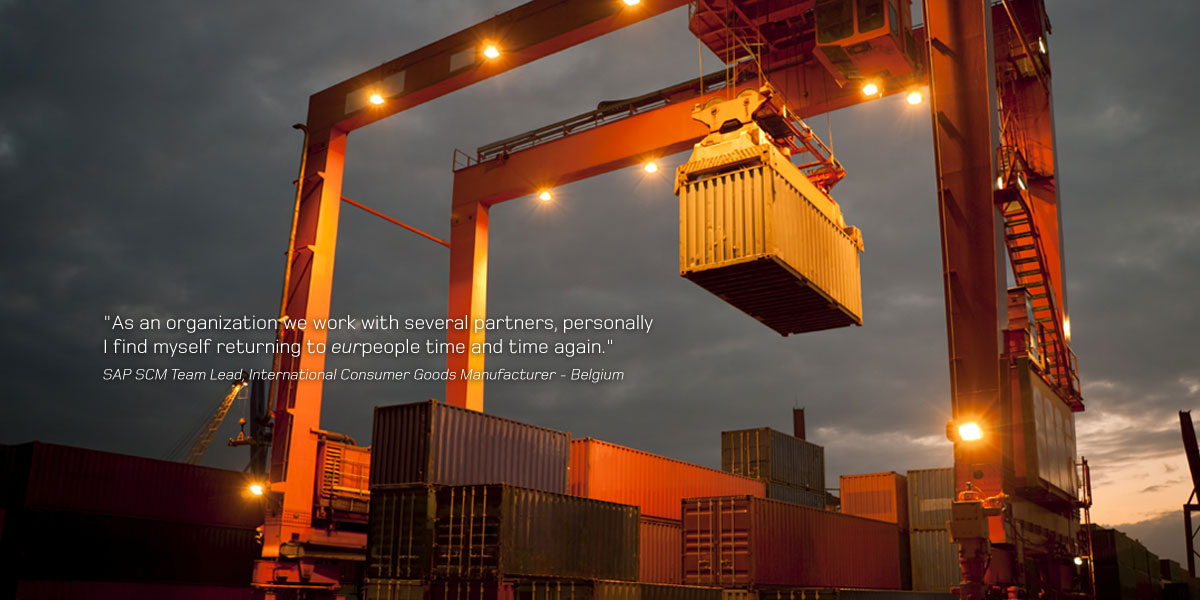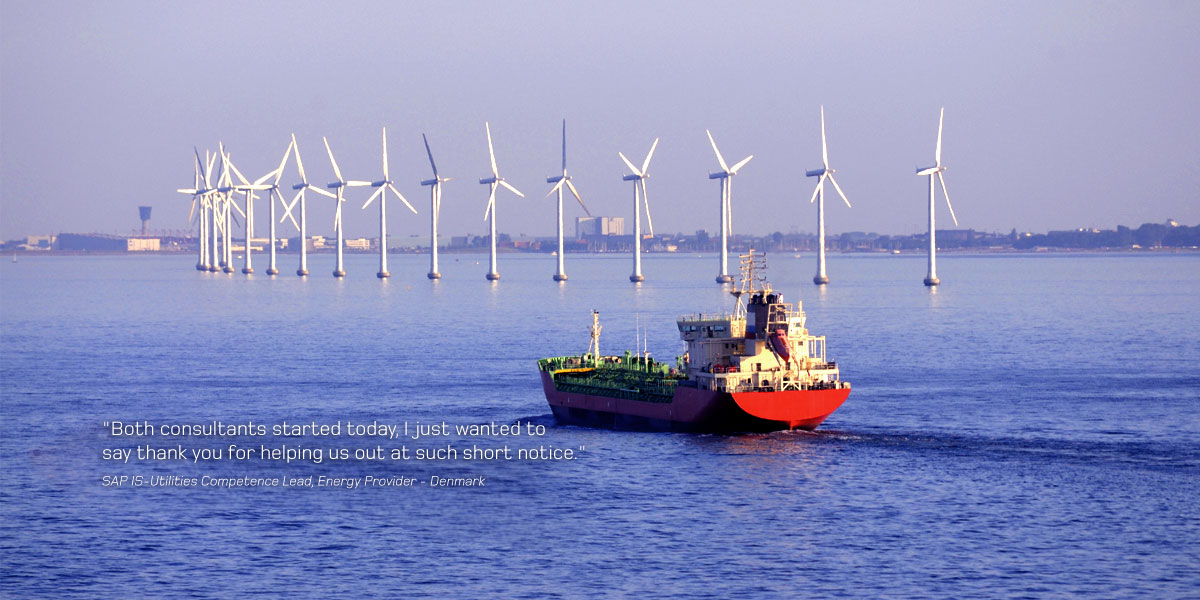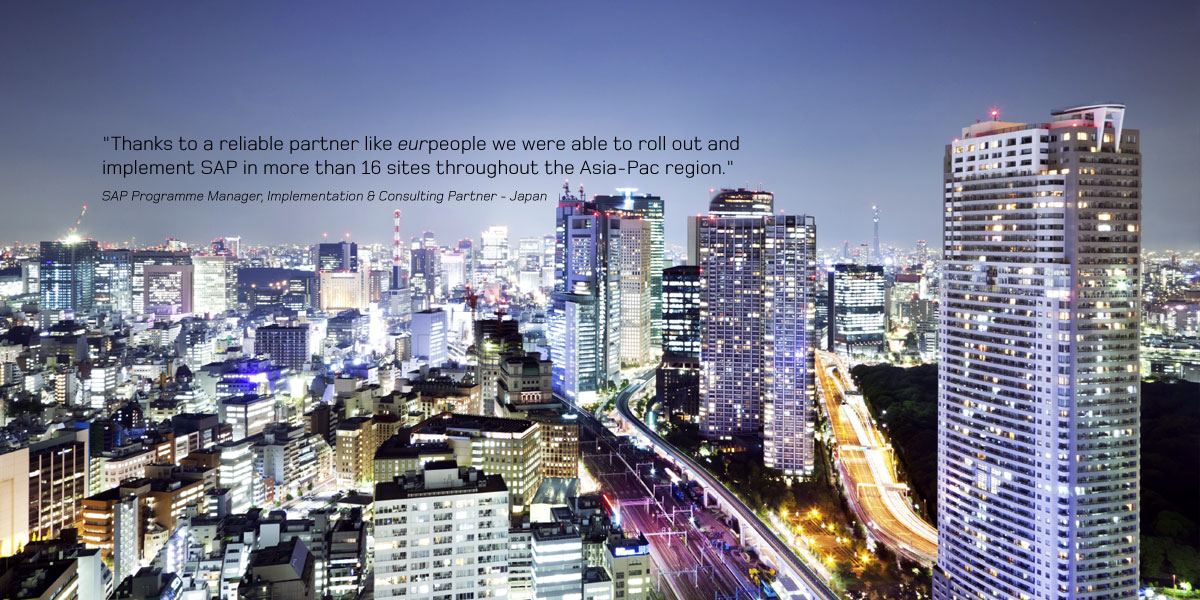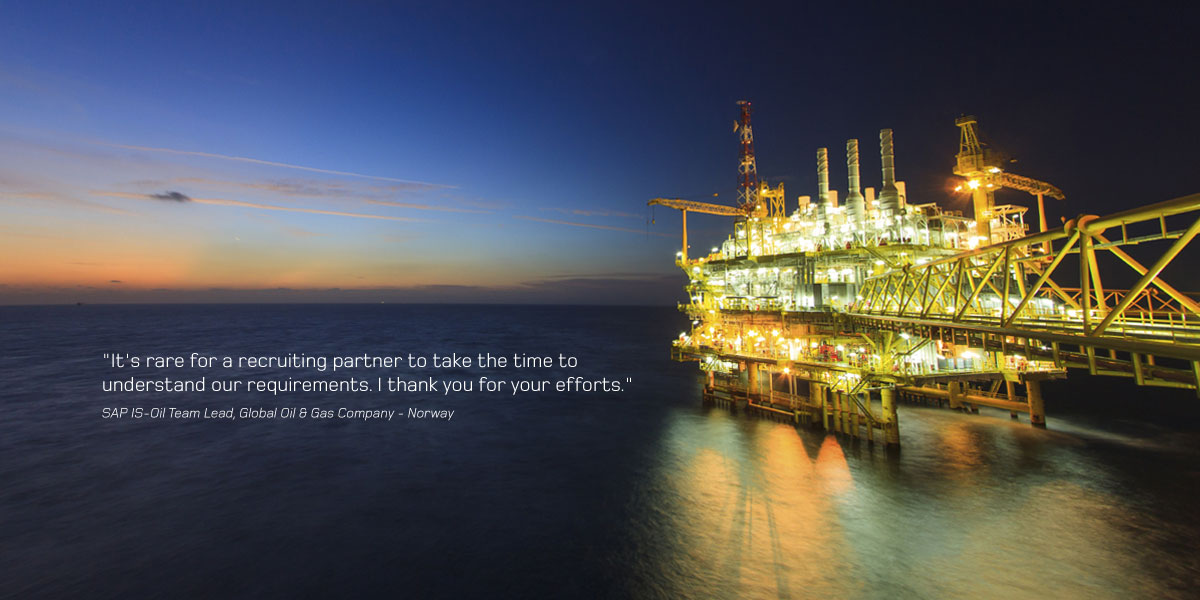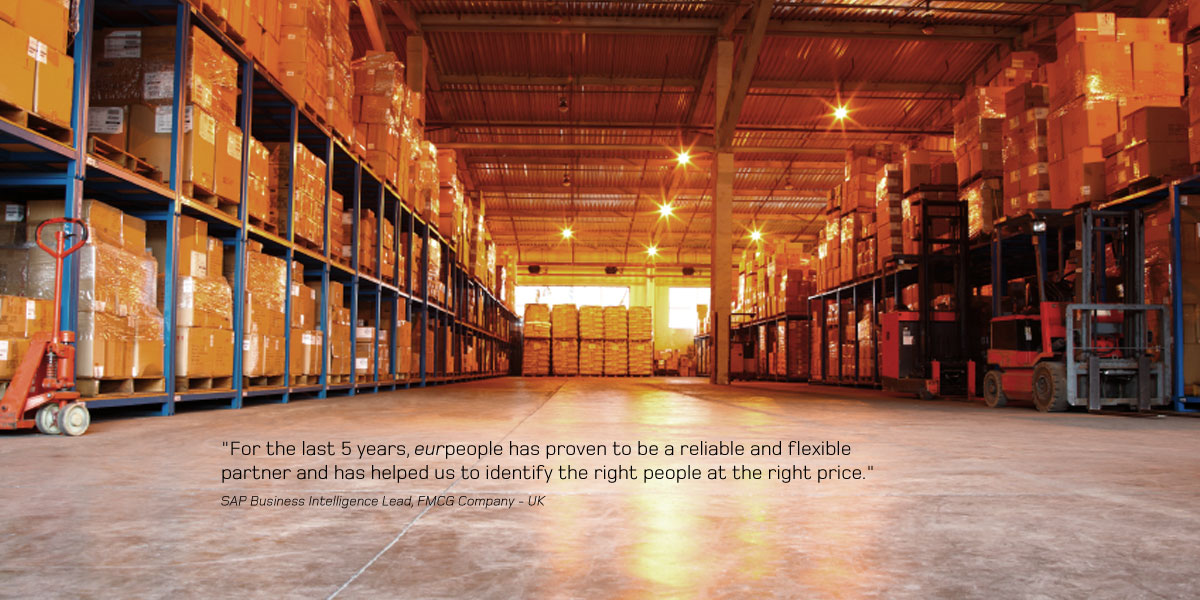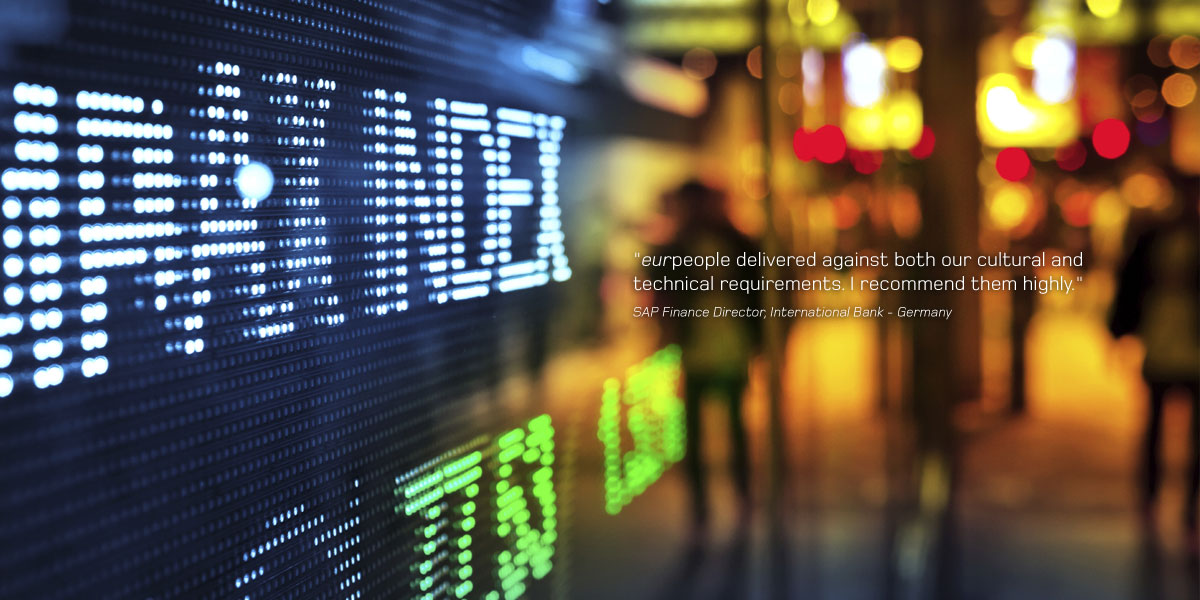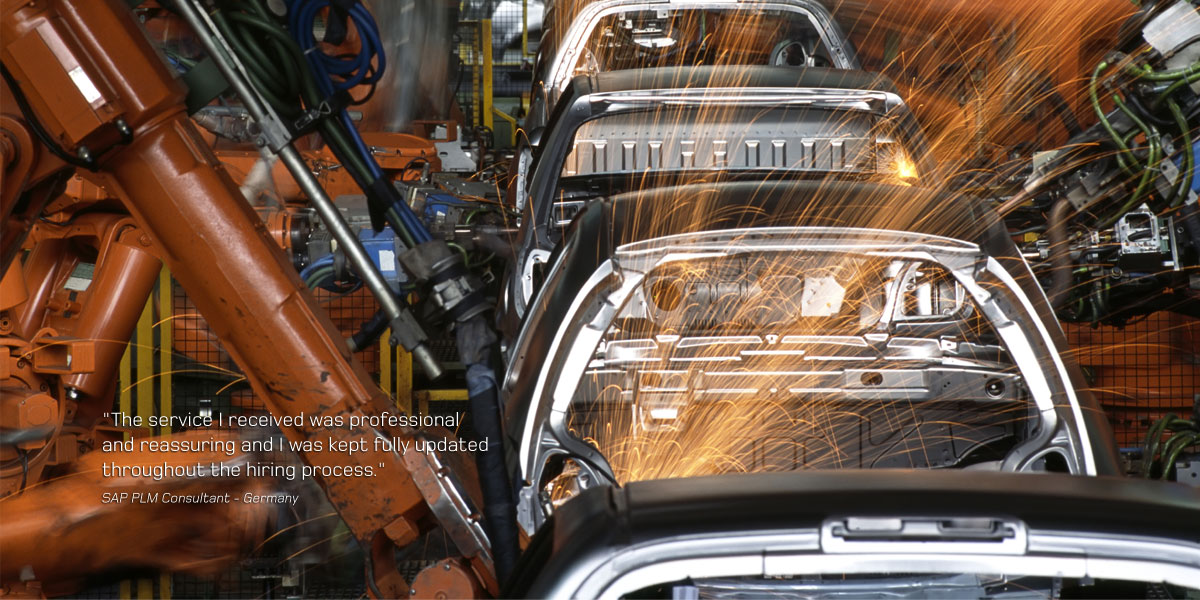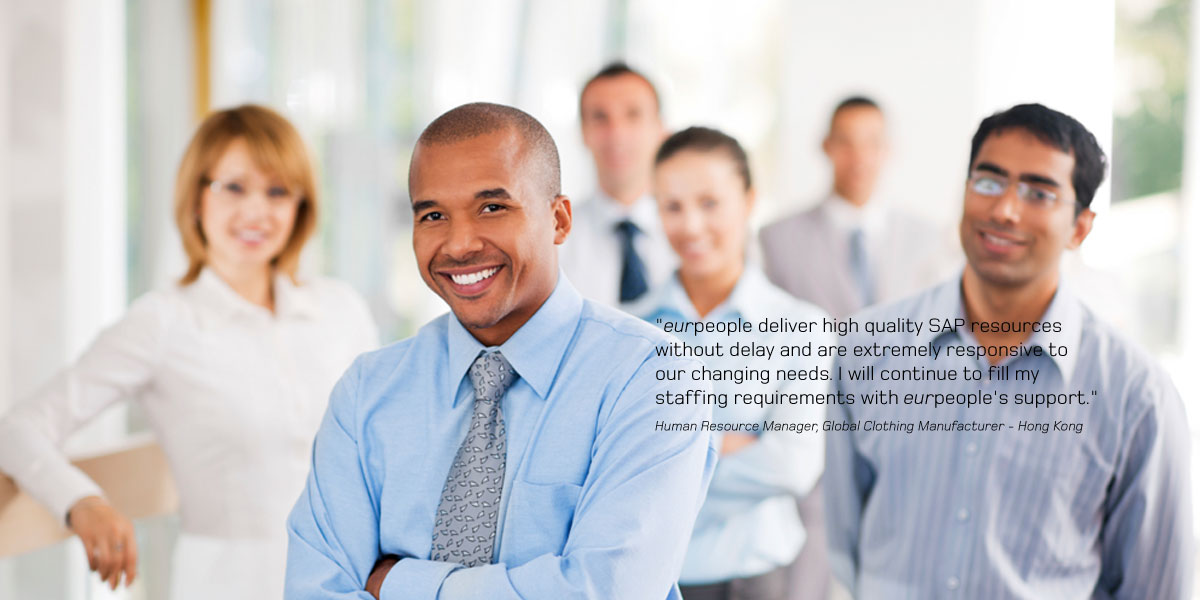The Future of Mobility
Mobility as a service is the central tenet of many a corporate strategy in today’s automotive and commercial vehicle sector.
More than 800 decision makers in the automotive industry were surveyed for KPMG consultants’ 2016 Global Automotive Executive Survey, revealing a significant change in trends that speaks volumes. In just one year, “Networking and Digitalization” catapulted from 10th to first place in the rankings.
Similarly, a recent study by its peer consulting house McKinsey identified several key scenarios emerging from networking strategies that are revolutionizing today’s automotive sector: new revenue pools from shared mobility solutions, new business models for apps, navigation concepts, and software, a “fit for purpose” strategy that focuses on providing the best solution for a specific purpose instead of “all-purpose” cars, and the autonomous, sensor-controlled vehicle that takes over more and more of the driving for us.
Mobility: Complementing Physical Products with Digital Services
These recent studies show that mobility is no longer “just” a car issue. According to Stephan Brand, senior vice president for the Internet of Things at SAP, “Insurance companies will soon start using sensor data from cars to fashion more flexible and customized policies. And freight forwarders such as Deutsche Bahn are increasingly multi-modal operations, which means they’re not limited to the rail anymore.”
As a manager focusing on so-called moving assets, Brand’s definition of “mobility” extends past the use of individual cars to include comprehensive mobile solutions. SAP does not compete against automotive suppliers in this regard, rather, it concentrates more on its own core competencies, which is to provide solutions that integrate “moving” devices and vehicles into its customers’ business processes.
“Forklifts on the factory floor, machines on construction sites, and delivery vehicles in traffic are all cost and production factors, and they need to be as operated as efficiently as possible,” Brand explains.
To help companies become more efficient, SAP relies on a platform strategy that enables customers to complement their physical products with digital services yet at the same time maintain seamless business process flows. Customers count on being able to develop and realize new business scenarios quickly. As such, they need to be able to “implement, validate, and scale the solution quickly,” explains Brand. Deployment scenarios can vary greatly, as the following examples show.
Fleet Plus Efficiency
Toyota Material Handling no longer sells “just” forklifts, it now offers an entire fleet of vehicles complete with service contracts. The plant manager knows at all times where the forklifts are located, how efficiently they are being operated, and when the individual vehicles need to be serviced. As such, he or she can detect downtimes and other problems much more quickly, which in turn helps increase fleet efficiency. Prerequisite for all of this is that the sensors in the vehicles constantly deliver status data to the platform for ad hoc analysis and evaluation.
“Pay-as-You-Drive”
A new business model in the insurance sector, pay-as-you-drive enables policy holders to influence the amount of their monthly insurance premiums through their individual driving habits. The Swiss IT service provider msg global solutions ag has developed a usage-based-insurance solution featuring an “on-board diagnosis” (OBD) interface that transfers information about driving behavior from the vehicle to the insurer, which then adjusts the premiums accordingly.
Managing Construction Sites
Drills, bulldozers, and cranes are essential equipment on any construction site. To help ensure there are no unnecessary construction delays, a data platform constantly analyzes real-time data from the machines and sends out warnings whenever thresholds are reached, allowing the site manager enough time to either replace the equipment or dispatch mechanics for repair or maintenance.
Digital farming
One of the main aims of “digital farming” is to help farmers maximize harvest with the help of innovative technologies that among other things, monitor climatic conditions, measure soil temperatures, and send out text messages to warn of approaching storms. The “moving assets” in this case are the farm machinery, whose performance and efficiency data are likewise incorporated into the farm management system’s overall analysis.
SAP Vehicle Insights as Platform for New Business Models for Mobility
SAP officially released the SAP HANA Cloud Platform-based SAP Vehicle Insights solution at the beginning of June. And what we’ve seen it accomplish so far is just a small glimpse of the potential still imaginable. For platforms are proving to be the lynchpin for new services in ever more scenarios.
There is no shortage of ideas, either. One company in Korea, for example, is constructing apartment buildings that come with their own car fleets. The cars are leased and part of the purchase agreement. Apartment owners wanting to use a car simply order one of the available vehicles through a special app. This is precisely the kind of future-oriented solution Brand is urging for. “Most cars spend 23 hours a day parked in a garage or in a parking lot – and parking space is becoming increasingly scarce, especially in large cities,” he points out.
Fans of autonomous cars also benefit from platform-based business models. “Radar systems, 360-degree cameras, and ultrasonic measurements will soon be standard equipment on most vehicles,” predicts Brand.
He firmly believes that all of this data will help further refine and improve the logic – thus maximizing the potential of artificial intelligence. Data analyzed on a central platform, for example, can help to warn drivers of potential traffic hazards, locate parking spots, and show us the optimal driving speed to avoid waiting times at red lights.
There’s just one thing Brand is still skeptical about, though: “I wouldn’t rely on the cloud in an emergency braking situation – I’d still rather take care of that myself.”
Top image via Shutterstock
| Location: | Start Date: | ||
| Rate: | Duration: | ||
| Type: | Reference: |
Contact Details
To find out more about how eurpeople can cater for your needs contact us at the following:
London Office
eurpeople Recruitment Ltd
South Point House, 321 Chase Road
London, N14 6JT, United Kingdom
Middle East Rep Office
eurpeople ME Recruitment Ltd
PO Box 309, Girne
Mersin 10, Turkey
